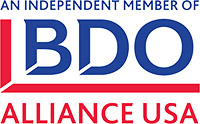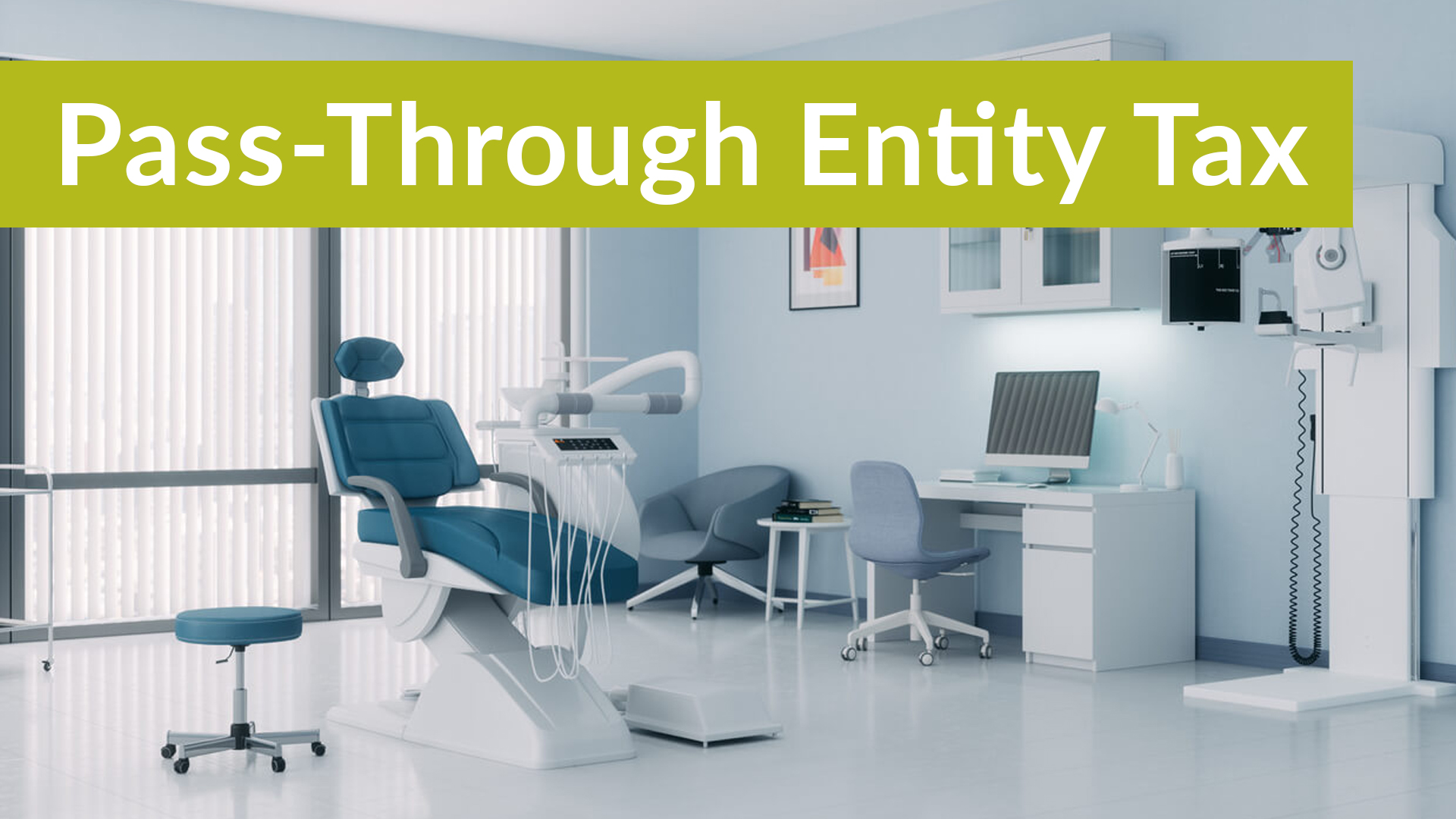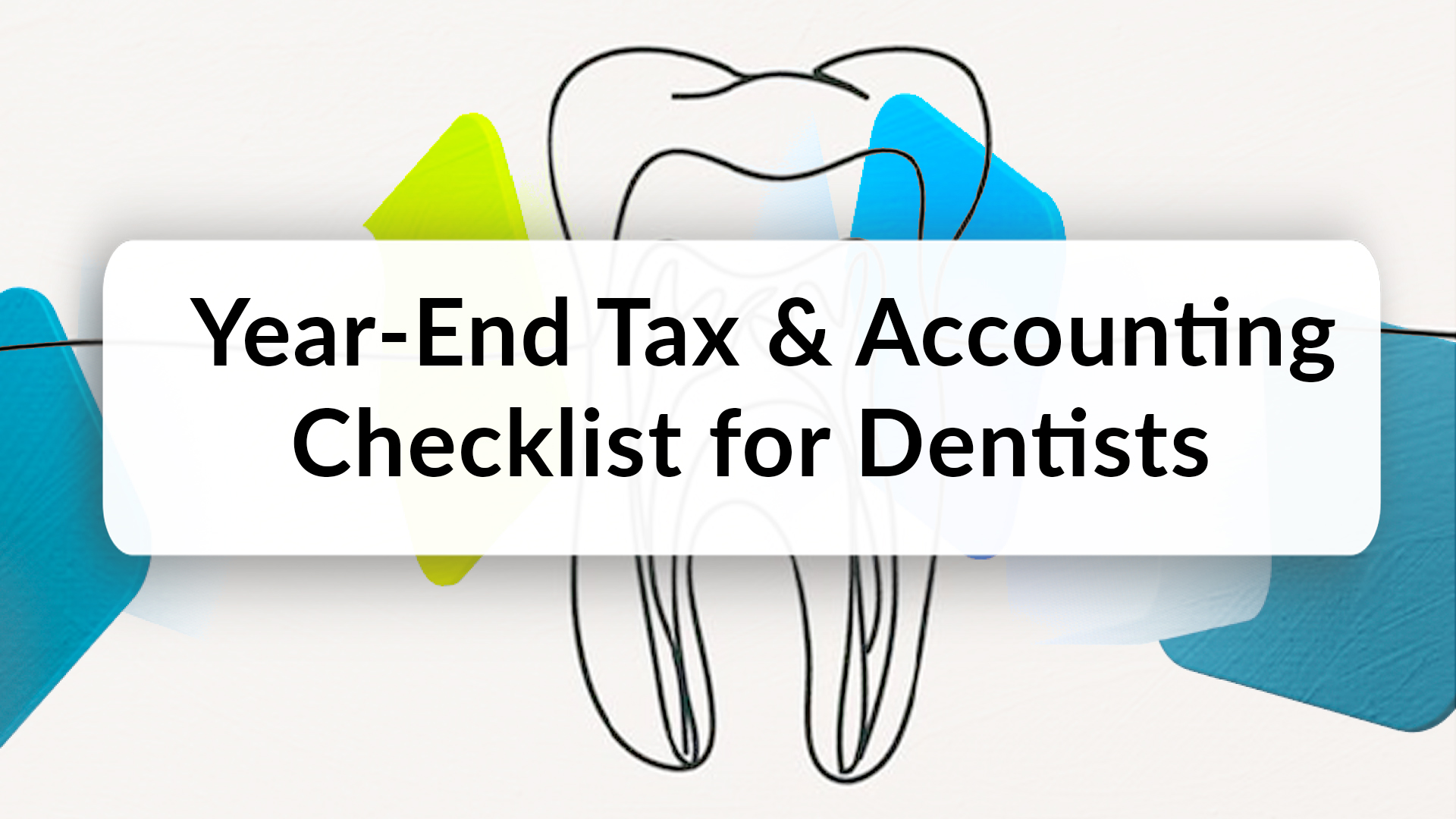
By Tammy Ricciardella, CPA
Background
On Dec. 27, 2020, the Economic Aid to Hard-Hit Small Businesses, Nonprofits and Venues Act (the Act) became law as a part of the Consolidated Appropriations Act, 2021 (CAA). The American Rescue Plan Act also provides $16 billion in grants to shuttered venues, to be administered directly by the Small Business Administration’s (SBA) Office of Disaster Assistance.
The SBA has issued guidance that is available on its site as of July 22, 2021. Recipients of this funding should refer to the site often as additional information is expected to be released as the program is developed. Included in the SBA information is a very extensive list of Frequently Asked Questions related to the Shuttered Venue Operators Grant (SVOG) (last updated July 22, 2021 as of the date of this article). Please refer to the SBA Frequently Asked Questions (FAQs) and other information for more detailed answers to questions about the program.
Under the terms of the SVOG recipients are not required to repay the funding as long as funds are used for eligible uses as defined in the guidance by the dates specified by the program.
Nonprofit Accounting for an SVOG
The AICPA recently issued nonauthoritative guidance that recipients should consider in determining the accounting treatment for an SVOG. This Technical Question and Answer (TQA) applies to both nonprofit entities and private business entities.
The TQA notes that nonprofit entities should account for the SVOG as a government grant in accordance with the “contributions received” subsections of the Financial Accounting Standards Board (FASB) Accounting Standards Codification (ASC) 958-605, Not-for-Profit Entities – Revenue Recognition. Under this guidance, an entity must first determine if a contribution is conditional or unconditional. If a recipient is required to meet conditions imposed by the government to be entitled to receive or keep the funds, then the contribution is conditional. The recognition of contribution revenue is then deferred until the conditions are substantially met or explicitly waived. As a reminder, an entity cannot factor in the likelihood that the condition will be met in determining whether a grant is conditional or unconditional.
Under the SVOG, since entitlement to the payments from the SBA is conditioned upon having incurred eligible expenses there is deemed to be a barrier to entitlement. Also, under the SVOG noncompliance with the terms and conditions is grounds for the SBA to recoup the funds so there is deemed to be a right of return. Based on these two facts, the SVOG would be considered a conditional contribution under FASB ASC 958-605. Therefore, contribution revenue would be recognized only to the extent that eligible expenses have been incurred at that date.
Each nonprofit that receives an SVOG will need to evaluate its individual facts and circumstances in determining the extent to which conditions have been substantially met at a given reporting date. Payment amounts received that exceed recognizable contribution revenue would be reported as a refundable advance in the liability section of the statement of financial position. This is based on the fact that entitlement to the funds is conditioned on eligible expenses that are expected to be incurred in subsequent accounting periods.
To the extent a nonprofit determines that conditions have been met and have recognized contribution revenue it will also need to consider whether there are restrictions imposed by the government on the use of these funds. Since under the SVOG, payments can only be used for eligible expenses as defined by the SBA, these funds would also be considered to be donor restricted. Due to the relationship of the conditions and the restrictions, meaning both are hinged on eligible expenses being incurred as defined by the SBA, these would likely be satisfied simultaneously. However, each nonprofit entity has to make this assessment for its specific facts and circumstances.
If a nonprofit entity deems that the condition and restriction are satisfied simultaneously, the entity would record the contribution revenue in net assets with donor restrictions with a reclassification to net assets without restrictions to reflect the satisfaction of the donor restriction in its statement of activities. If the nonprofit entity has elected and disclosed one of the simultaneous release accounting policy options as outlined in FASB ASC 958-605-45, it could report contribution revenue directly in net assets without donor restrictions.
If a for-profit business entity receives an SVOG it should refer to the TQA for the guidance options that are outlined specifically for business entities for more information.
Single Audit Impact
Per the Sam.gov website, Assistance Listing 59.075, an SVOG is subject to a single audit under the Uniform Guidance if the nonprofit entity receiving the funds has total federal expenditures in the fiscal year under audit in excess of the $750,000 threshold.
The Sam.gov website also notes “that if the awardee is a for-profit entity, subparts A through E of the Uniform Guidance are not required and will not be applied. SBA will, however, comply with any audit requirements in subpart F that apply to the for-profit community.” The AICPA Governmental Audit Quality Center currently has an inquiry into the Office of Management and Budget (OMB) and the SBA about the meaning of this statement as it relates to for-profit entities. Stay tuned for more information on this topic on both the OMB and SBA websites.
Copyright © 2021 BDO USA, LLP. All rights reserved. www.bdo.com




